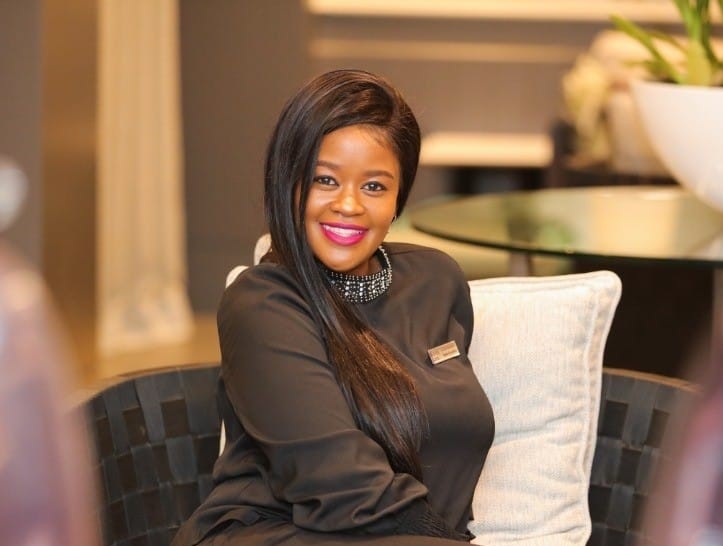The first step in diagnosis is talking about your symptoms with a gynecologist
GOSEGO MOTSUMI
Thirty-five-year-old Laone Monkge was living under the common adage that “Period pain is a part of being a woman” and conditioned to thinking that pelvic pain is normal.
That was until she was diagnosed with Stage One Endometriosis at the age of 19.
Monkge broke her silence about living with the condition at the “Just Sex” event in Gaborone this past weekend.
Endometriosis is a disease where tissue similar to the lining of the uterus grows outside the uterus, causing pain and/or infertility.
Monster
“I refer to it as a monster,” she said. “Endometriosis can take a while to be properly diagnose, as it was in my case. This happens because the symptoms can be dismissed as just bad period pains while some symptoms of endometriosis share symptoms with other diseases.”
Monkge’s struggle with endometriosis started when she used to experience excruciating period pains when she started her menstrual cycle at the age of 16. The crippling pain, as she described it, interfered with her studies to a point where her parents were constantly called to come and pick her up from school for medical attention.
Health facilities did what they thought was the solution at the time by giving her a cocktail of pain medicines, injections and drips, but the excruciating pain persisted.
“I lived with this pain until I fainted and was taken for medical attention,” she said at Just Sex. “My symptoms were vomiting, feeling dizzy and light headed. At one point one doctor told my parents that I was having sex and was having a miscarriage.
“We then made a decision to consult another gynecologist who guessed that I might have endometriosis. It was such a big term and, in my head, it sounded like there was broccoli growing inside me. I was referred to undergo surgery but I was against it.”
Diagnosis and motherhood
A year down the line, Monkge decided to undergo the surgery and was diagnosed with Stage One Endometriosis. At the time, she learnt that the condition was incurable and she resolved to take it as period pains in an attempt to cope. Doctors advised on a diet to help manage the pain but it eventually became unbearable.
“Fast forward to when I had a job and would become broody when I saw children,” said Monkge. “I went back to my doctor and we ran the HSG tests. The results came out fine and I was advised to go on a strict diet. The pain still continued and I became the girl with the monthly sick leave at work.
“I went for my second surgery and the procedure was a success. I then put myself under pressure to have a baby because I really wanted a child,” Monkge said.
“I tried for a child by additionally taking supplements and changing my lifestyle and I indeed fell pregnant. I have a 5-year-old boy called Loatso, which translates into Reward in English. I was rewarded because my chances were close to none, according to research.”
Pain isn’t normal
Monkge emphasised talking about one’s symptoms with one’s gynecologist as the first step in diagnosis. It is important, she said, to talk with a doctor when one experiences any type of pelvic pain and express one’s symptoms fully because pain is not normal.

